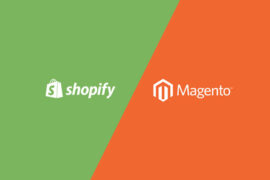An Omnichannel campaign is called “success” when it understands the customer insight. That is the core value of every business. By positioning customers as the centerpiece of an Omnichannel sales model, it is very easy to personalize each conversation with customers through interconnected systems. Consequently, how to build an effective Omnichannel campaign? If you are looking for a good strategy document, let’s follow the guidelines below:
A. Omnichannel Campaign? Why not?
Today, with the growing demands of customers and developed technology. Customers can approach different brands and they only pay for brands that value or sell them at a better price.
Omnichannel marketing recognizes that customers will act on brand’s provided information and will switch between devices and information channels throughout the shopping experience. Omnichannel is the key to a consistent customer experience, allowing businesses to grow and maintain the meaningful, profitable customer relationships.
Research shows that businesses prioritize customer experiences that generate 60% higher profits than their competitors. By taking good care of the potential customers to become loyal ones. A loyal consumer can introduce 10 more customers, increasing the rate of profit 10 times.
Hence, here are nine ways to develop an Omnichannel campaign to keep your customers engagement:
B. Key to Success:
9 Methods to build an Effective Omnichannel Campaign
1. Sketch the customer’s portrait

By understanding the customer’s preferences and pain, let’s sketch the identity of the first customer group. Following buying behavior, there still has the hobby and behavior through channels so you are able to catch the potential consumers. In this group of customers, how often? How do they buy? Where do they see the information? If retailers understand the evolving psychology and customer journey that they have gone through, you can create a better and consistent customer experience.
2. Customer segmentation
Once you’ve discovered who’s buying something that way, segment your customers for maximum impact. The CRM and marketing platforms will automatically divide your client files based on the individuals you created as well as any behavioral or demographic signs you choose. However, you decide how you want to divide your customers and let the technology do the rest.
And when you know exactly who you are talking to, you can begin to personalize your message with the product and service that fits the customer’s needs. Notably, 74% of consumers feel discouraged and frustrated when they receive content that is irrelevant to their interests. Consequently, dividing your list of customers and reaching the target according to customer’s demands.
3. Customize content to fit each group of customers
Every purchase journey of customers is various and needs to be addressed separately. Businesses that adjust their content strategy with behavioral habits of the customer can enhance the customer experience and optimize conversions.
For example, Amazon gets personal communications with customers via email, social networking, Amazon Prime, Dash Button, Echo and more. The emails that trigger this behavior are successful because they are written on the basis of the customer journey. This 1: 1 messaging approach makes it more likely that the recipient will complete the sale and keep the relationship.
4. Prioritize Channels and Equipment
By observing, the business can know which devices or channels customers use. Make double on channels and devices that your customers like and invest in their experience. Analytical tables from social network tracking and marketing will show you where the investment is to bring effectiveness on cost and time.
Starbucks offers a great example of this perspective. To attract the teenage market, the premium coffee retailer has added a reward application to the presence of the channel. Users can manage rewards, share with friends, order, and purchase – and everything is instantly updated in their account. By recognizing that their customers are already on the Internet, Starbucks is able to improve its brand experience, increase customer loyalty, and expand the market with ease.
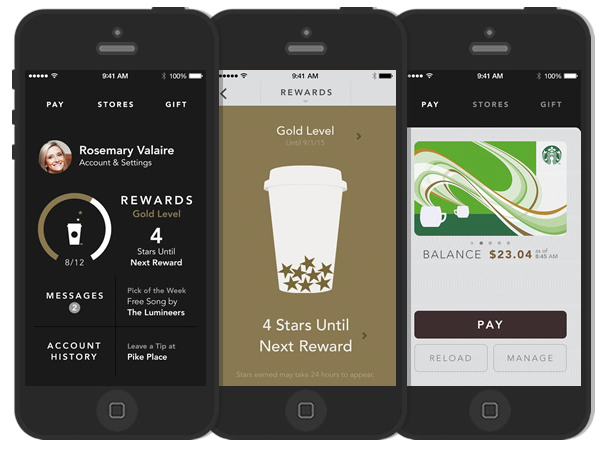
5. Invest in Customer Support
In fact, 54% of the adult class will stop trading because of poor service quality. Customer care is the platform of Omnichannel marketing. Instead of just targeting conversions, take time to look at the support lifecycles for your customers. When everything’s done well, quality service consolidates the brand’s reputation and predicts the numbers for subsequent campaigns.
6. Measure your efforts
Analyzing the effectiveness of many channels is where most brands are hesitant. That is why the creation of a strategy measure built based on data, behavioral monitoring and comprehensive analytical reports is important.
An effective Omnichannel campaign is not overwhelmed by cross-channel data. Instead, it allows retailers to have a clear visibility on all of your initiatives and turn customer behavior/feedback into insights that businesses can take action on.
7. Integration
This final step is to make your Omnichannel campaign truly effective: Share your insights across your campaigns to create a “seamless” experience (but it is impossible to your business).
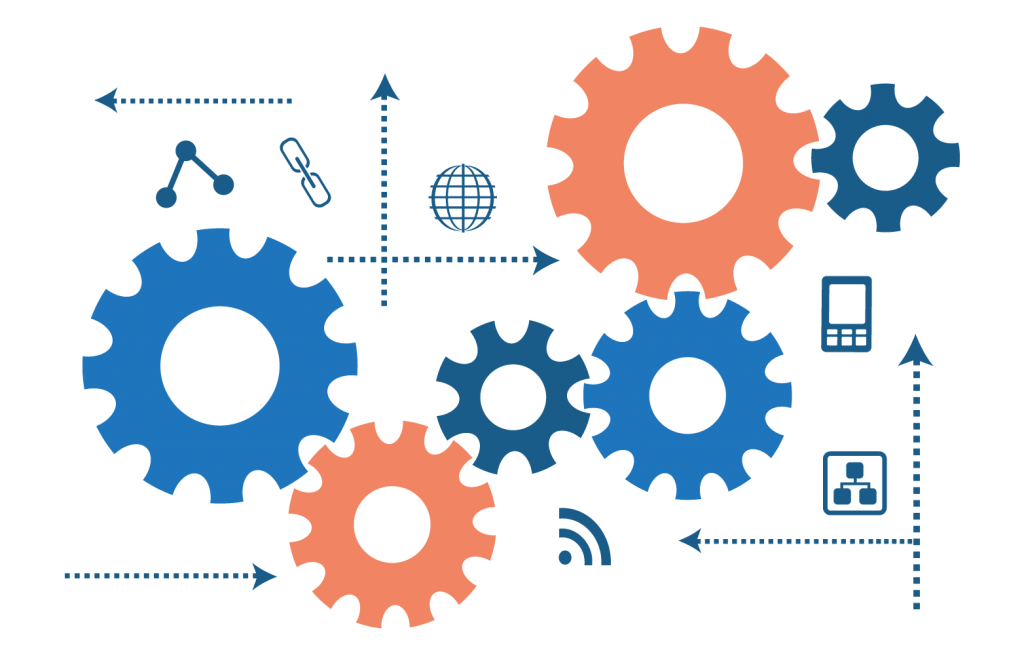
For retailers – Ask yourself questions such as:
- Does the social networking strategy support website strategy?
- Does email marketing strategy support social networking?
- Does the website strategy support mobile strategy?
When all channels are taking different signal sources, the customer experience becomes the next level. With rich features, you can send real targeted messages that will resonate with your audience and provide an unforgettable, integrated experience.
And by leveraging all the data you’ve worked so hard to gather, business owners can continually improve to ensure their Omnichannel channel campaign is driving real results. Boasted with cross-channel integration, the marketer can attract customers selectively in the right way and value. Proper matching marketing initiatives actually lead to customer retention, brand loyalty, and earnings from long-lasting customer value.
Providing a seamless customer experience is how top brands come up with the old saying – “the customer is always right.“
8. Continue interacting
Gradually, the campaign can change, if retailers simply repeat the old way so they will fully achieve the results as what was built before. Keeping commitment is the key to creating insight between the company and its customers and little by little building trust and brand loyalty.
Connecting multiple channels across multiple platforms will help customers better understand the product. If you just end a campaign and then leave what you previously did, it will be easy for viewers to question the novelty of each campaign, reducing the brand interest.
To inspect whether a campaign has achieved expectations, retailers need to hold live-focus meetings and continue to interact with feedback to improve the program for the next campaign.
9. Additions and improvements after each stage
We need to balance the implementation process, internal and external interaction.
Evaluating channels that are effective in attracting customers, choosing new channels or eliminating ineffective channels, and then developing an additional plan that is geared towards expanding the reach of people who are interested in.
C. Omnichannel Campaign: An Example!

If the idea of “ overhauling” your Omnichannel campaign to create a seamless experience between channels is really a big deal. Let’s start by building a simple omnichannel strategy on meeting the needs of customers like Camuto Group did.
The marketing team launched a variety of Omnichannel marketing campaigns that included email, social networking, the Web, and in-store advertising. Its content revolves around creating fashionable styles from a trench coat, sweepstakes and dress counseling to the customer.
The campaign describes the value of Omnichannel: It puts customers at the center of the experience. In this case, the Omnichannel receives product reviews and then connects with other departments to create a seamless channel campaign to solve the problem.
D. Get started with Omnichannel!
Do you intend to implement an Omnichannel solution for your business? Although you already have 9 methods above to create an effective campaign. Here are a few things that need to be repeated to get started:
Customer Insight
To bring a true Omnichannel experience, retailers have to know more about your customers. You have to understand who they are and where they come from as well as their purpose and challenge.
Business owners can encourage your customers to comment, use social networking tools, and take advantage of the power of surveying … to learn more about their buying behavior. Most importantly, which channel do they use to access your content?
The Netsertive report indicates that the following channels are the most important channels, affecting the ultimate success of Omnichannel Marketing.
Use these criteria as benchmarks, but keep in mind that they may change based on your business’s audience and buyers.
A quick and fluid combination between channels
Conclusions drawn from many reports indicate that there is still a major barrier to implementing Omnichannel: Cohesion between departments in enterprises. Sales, marketing, product development, PR and customer service remain separate activities in many organizations.
The good news is, this is changing. Only 11% admit that their departments remain independent compared to 26% in 2015. The reason for the change may be that some businesses have reformed their apparatus.
An integrated marketing technology
Marketing technology is growing bigger and more confusing than ever. The right thing to do now is to identify a set of compatible tools to help make the system more effective.
According to studies from Aberdeen, they show the most commonly used tools:
- Customer relationship management software (CRM)
- Video / Web conferencing solution
- Email service provider
- Marketing automation platform
- Data analysis solution
- Content Management System (CMS)
…
The focus of any effective marketing technology is a customer relationship management (CRM) tool that allows you to record the details of each buyer’s journey from prospect to customer.
And if CRM is “the heart,” the analysis tool is the brain. Without it, retailers cannot make any informed decision about their overall strategy. A report from the CMO Council indicates that an organization’s relationship to the data directly affects how they understand user behavior.
Make sure you have both, then build the rest around them with tools that allow you to reach customers in a relevant way. With retailers wanting to adopt the Omnichannel, this Magestore Omnichannel solution will help you “facile” in the deployment of multi-channel sales.
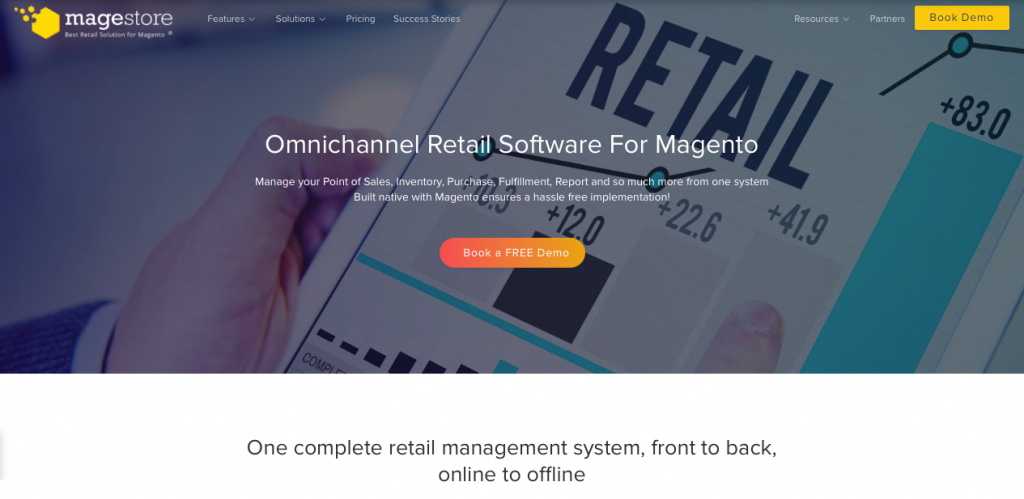
Last Words…
Is the Omnichannel really valuable compared to all of the difficulties above?
After learning about what to do to get the Omnichannel, retailers may wonder if they are worth it. According to some studies, the answer is very confident as “Yes“.
According to a research by IDC, users who shop through lifetime-valued channels are likely 30% higher than those who do not. Another study with 46,000 shoppers also reinforced that is right. Hence, customers not only prefer to use multiple channels but also spend more.
- More than an average of 4% of each purchase in the store.
- More than 10% of online shoppers use only one channel.
- More than 13% researching before buying.
The more channels customers use, the higher the rate of purchase they make.
Have you started creating an Omnichannel approach? Do you plan to create a perfect Omnichannel campaign? What challenges does your organization face on the road leading to seamless coordination between channels? Let Magestore hear your voice by leaving a comment for this article.

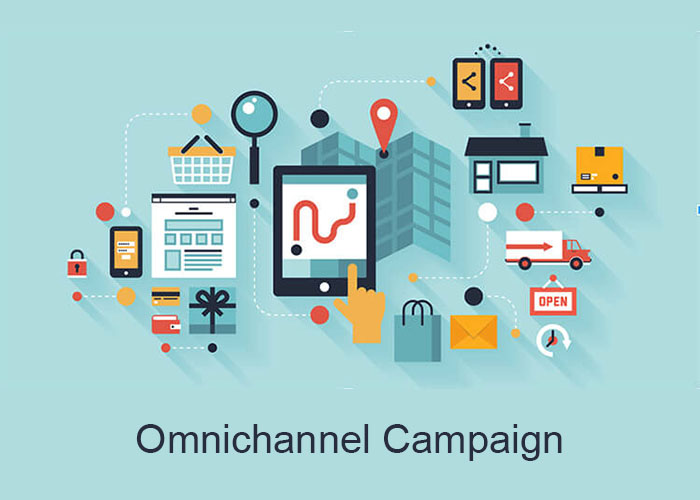

![6 Best Shopify Shipping Rate Apps [2025] shopify shipping rate](https://blog.magestore.com/wp-content/uploads/2025/03/shopify-shipping-rate-270x180.png)
